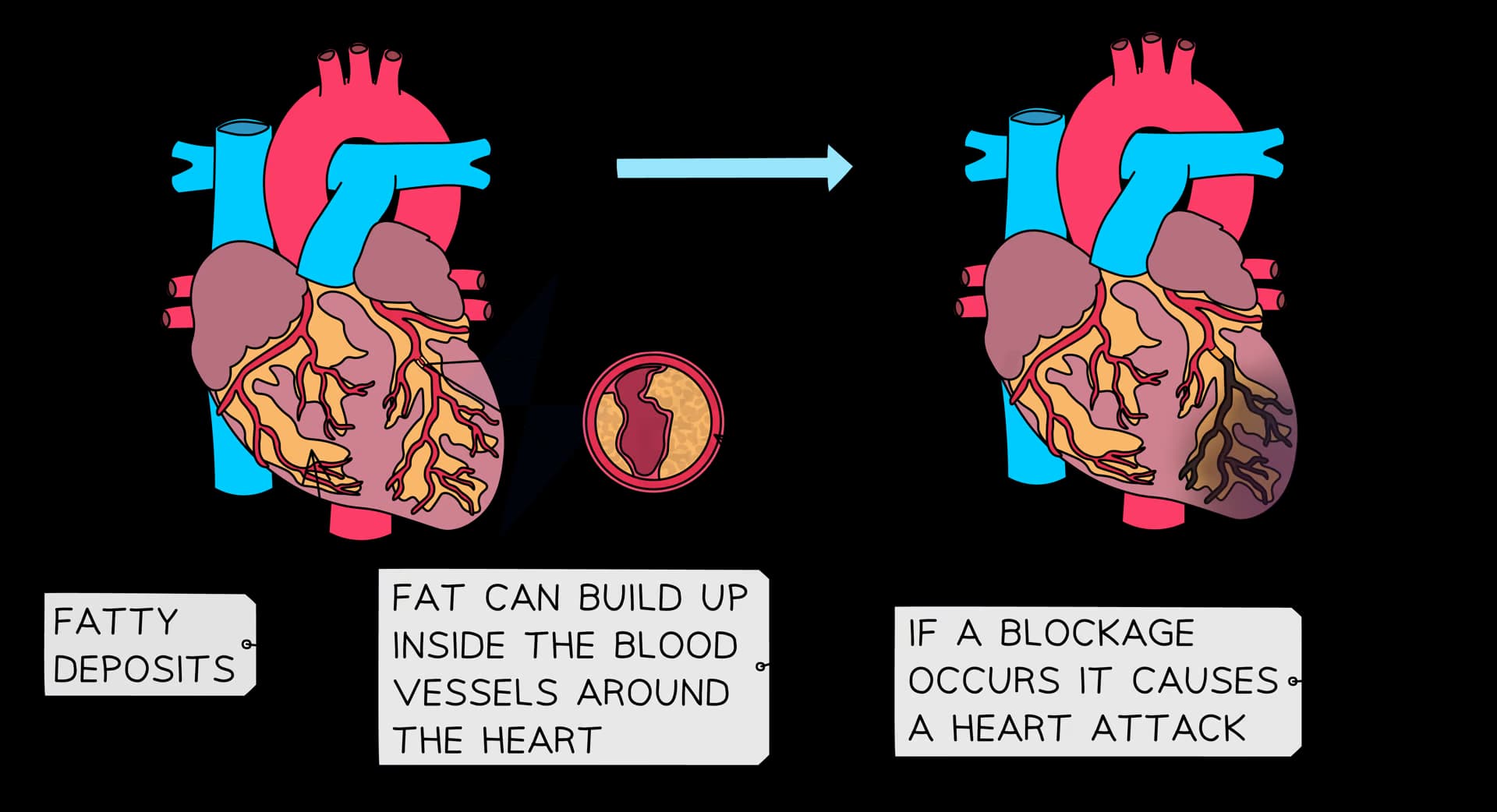Technology, Health & Food Production (AQA GCSE Food Preparation & Nutrition): Revision Note
Exam code: 8585
Technological developments associated with better health & food production
There are a range of methods and new technologies which can be used to not only reduce the negative impacts of foods, but to provide significant health benefits from their consumption
Cholesterol-lowering foods
Some foods, such as spreads used as an alternative to butter, contain natural plant extracts proven to lower cholesterol
These plant extracts work by preventing cholesterol absorption during the digestive process
Frequent consumption of these foods can help to reduce the build-up of fatty deposits in the arteries
This reduces the risk of cardiovascular disease which can lead to atherosclerosis and heart attacks

Fortified and enriched foods
Adding vitamins to foods can increase the nutritional value
Fortified foods are those which have had micronutrients added that would not usually be present in that food type
Enriched foods are those which have had micronutrients added to replace those lost in processing
Examples of foods that commonly have vitamins and minerals added are:
Flour has four key micronutrients that must be added during the final stages of milling the wheat
Enrichment of flour with vitamin B1 (thiamin) and vitamin B3 (niacin) is important to aid the release of energy from carbohydrates
Enrichment of flour with iron helps to prevent iron deficiency and anaemia
Fortification of flour with calcium is necessary to support bone growth and prevent rickets in children
Breakfast cereals are frequently fortified and enhanced, for example with folic acid and iron
This is a marketing strategy to make cereals more appealing to the consumer
Low-fat spreads such as margarine, have lower levels of vitamins A and D than butter due to processing, it is, therefore, a legal requirement that these vitamins are added
Vitamin A supports good eyesight, especially in dim light
Vitamin D aids the absorption of calcium, which is important in the prevention of rickets in children and osteoporosis in adults
Food additives
Additives are controlled in the UK by the Food Standards Agency who investigate the safety of any additives that are to be used
European legislation states that most additives should be clearly labelled in the ingredients with their E-numbers
Additives are used to improve foods in various ways:
Colourings are added to make food more visually appealing
Emulsifiers are used to maintain the texture of foods and prevent the separation of fats from water e.g. in low fat spreads or mayonnaise
Stabilisers maintain the consistency of foods e.g. jams or jellies
Flavourings are added to improve the flavour of foods to make them more appealing to the consumer
Preservatives can be used to increase the shelf life of foods
There are, however, many negative associations with additives in foods, for example:
Hyperactivity in children has been linked to some colourings
Some emulsifiers and stabilisers have been reported to cause symptoms such as flatulence and bloating
Allergic reactions have been reported from the consumption of some flavourings

Image from Wikipedia (opens in a new tab)
Genetically modified foods
Genes are responsible for the characteristics of an organism
Genetically modified foods are those which have had genes introduced to provide certain desirable characteristics
Some crops have been genetically modified to give features including:
Increased vitamin or mineral content e.g. golden rice, which contains higher levels of vitamin A
Drought resistance
Pesticide or herbicide resistance
However, the development and use of GM-crops is a long-debated controversial matter
It is legally required that all genetically modified food products, or products containing GM ingredients, are clearly labelled
Examiner Tips and Tricks
You should be able to examine modified and fortified foods including carrying out sensory analysis and evaluation of existing products.

Unlock more, it's free!
Did this page help you?